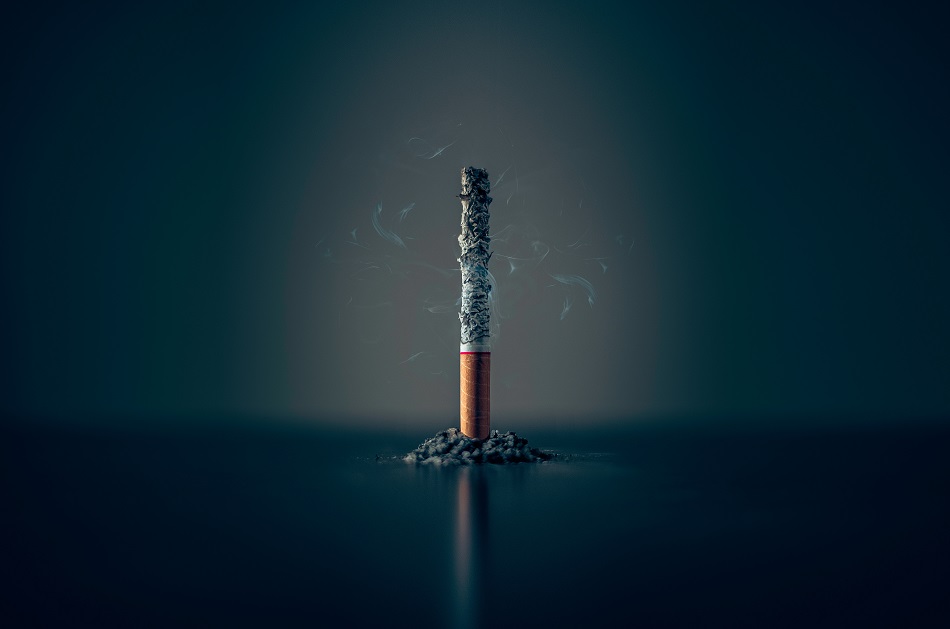Indian health ministry to keep close watch
Health ministry officials in India are waiting with bated breath to see the much-awaited call of the Food and Drug Administration (FDA) of the United States on vaping products.
The FDA will take the much-awaited call on September 9, 2021. There are rumours that some of the vaping products could stay in the market and some could be totally pushed out of the market.
The FDA’s shakeout of e-cigarettes will have severe implications for India which had in September 2019 completely banned e-cigarettes. The decision — an ordinance — was taken to check potential health risks to India’s youth.
The ordinance came in place without any deliberations in Parliament. Tobacco experts said the government had largely ignored evidence regarding health risks and disastrous lessons from India’s previous experiences with bans.

The Health Ministry, which has Mansukh Mandaviya as the new health minister, is waiting for the FDA decision so that the Indian government can revisit the ban and find possible ways forward.
So what will happen on September 9, 2021. Experts say the decision would be significant and would have serious implications on the world vaping market, ostensibly because of a series of rulings that have already begun to reshape the industry.
The challenge lies with manufacturers of vaping products, they must demonstrate their products are in the interest of public health and push the all-powerful FDA to think about the advantage of adult cigarette smokers switching to a less harmful option.
Else, the youth will continue to get hooked on cigarettes.
Last year, the FDA allowed flavoured e-cigarette cartridges back on the market after a temporary restriction.
“We are working furiously on application review in order to move on from sort of a Wild West unregulated marketplace,” the FDA’s acting commissioner, Janet Woodcock, was quoted by the Wall Street Journal at a congressional hearing in June. “We intend to use [our] authority to protect kids and optimize public health.”

Health ministry officials in India, who had asked all e-cigarette manufacturers in 2019 to take their vaping products off the market, will now follow the FDA move seriously.
Across the United States, over 500 companies had filed 100 applications for some 6.5 million products. These companies were asked by the FDA to submit scientific evidence demonstrating that each product was less harmful than cigarettes and that cigarette smokers would be more likely to stop smoking if they used it.
What is also important is that the FDA is considering the products’ appeal to young people and to first time smokers. This is something the health ministry in India will also be seriously observing before taking any steps relating to vaping.
Some of the world’s top e-cigarette manufacturers like Juul Labs Inc., Reynolds American Inc, NJOY Holdings are waiting with bated breath to see what FDA unfolds post September 9, 2021.
India, which has always lacked data and evidence from India, will obviously take lessons from the call of the FDA and draw some meaningful lessons, claim highly placed sources in the ministry. It could, claim sources, revolve around two frameworks of harm reduction or abstinence. The one mentioned later helps the government point out risky behaviour and ensures incentives to make them stop. It may not work in India but it does not prevent the government from going ahead and imposing penalties like sin tax. And then, the harm reduction theory works by providing less risky alternatives.
The sources say health ministry officials in India are studying the impact of Electronic Nicotine Delivery Systems (ENDS) in the United States and the United Kingdom and how it had consequences in the society. Several policy changes messed the show in the US whereas in the UK, the use of ENDS as an alternative to far more dangerous traditional cigarettes worked well.
So what do the experts say? Nicotine is far from being harmless. However, one must remember that it is an extremely addictive substance that can adversely affect the heart, respiratory, and circulatory systems. But it’s definitely not the most harmful substance in a cigarette.
And it is because regular cigarettes deliver 7,000 other chemicals (arsenic, benzene, ammonia, lead, etc) to the lungs along with nicotine, and therein lies the biggest danger. In short, ENDS or e-cigarettes cut out all of the other chemicals. A shift to e-cigarettes has helped adult and youth smoking to decline, even the most popular quitting aid. Underage vaping is nearly non-existent in Britain, as against the US.
All eyes on FDA, something big will happen on September 9, 2021.


[…] And it is here the E-cigarettes, or vapes, make a silent entry. These are a different breed of nicotine products that have, slowly yet steadily, become popular, especially among the millennials. So let’s compare it with cigarettes. Heated tobacco products heat tobacco leaf and then, e-cigarettes heat a liquid, typically containing nicotine. And then, there are large differences in the science and regulation of these products. E-cigarettes have filled the shelves for longer than heated tobacco, so there’s more evidence about their benefits and harms. […]